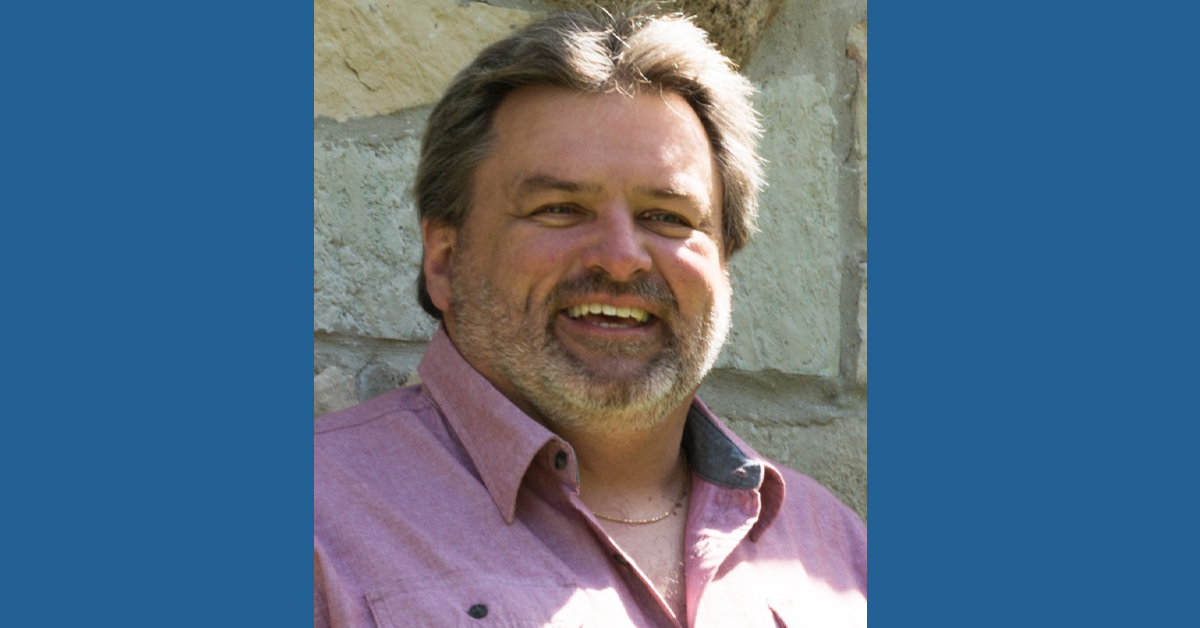
It was wine harvest season. David Pizzala, a winemaker at von Stiehl Winery in Algoma, had plenty of work to do. Grapes were coming in from California and wine needed to be bottled.
However, things quickly fizzled after David began working on the bottling line.
“We had a pail of wine on the back side of the bottling line that one of my employees let get too full,” David says. “It was about waist high and there’s a lip on the bottling line, so I actually had to pick it up over that lip. The minute I grabbed it with two arms I felt something pull in my shoulder.”
David’s fingers tingled. He knew that wasn’t a good sign, but figured he’d just work through the pain. It would eventually go away. Things would be fine.
Four days later, David was anything but fine.
“I had tears in my eyes,” David says. “I told my wife, ‘We gotta go to the doctor’s. I gotta get this checked out. Something’s wrong.’”
Dr. Harold J. Schock, an orthopedic surgeon with Orthopedics & Sports Medicine BayCare Clinic, determined David’s pain was caused by a complete rotator cuff tear. The tear caused a part of David’s bicep muscle to detach from his shoulder.
Schock presented two treatment options to David. The first was arthroscopic surgery to fix the rotator cuff tear, which David was apprehensive about. The thought of surgery was nerve-wracking.
“Me never having surgery before … I’m thinking, man, I’m 51 years old, I’m going in there and … you never quite know what you’re getting into when you have surgery. It was a big fear factor for me not knowing,” he says.
David’s second option was to receive cortisone injections, but that also had some disadvantages.
David recalls Dr. Schock telling him, “The problem you’re going to have is if we go the cortisone route, you’re not going to feel a lot of pain. But if you injure it worse than what it already is, then we have even more of an issue. We can fill your shoulder full of cortisone and that might get you a little more time, but inevitably at some point you’re going to have to have surgery.”
So, David crossed his fingers and opted to have surgery. He just wanted to “get it done,” he says.
Schock performed arthroscopic rotator cuff surgery, during which a small camera is inserted into the shoulder joint through an incision. The camera displays images on a monitor, allowing the surgeon to get a better look inside the joint to guide surgical instruments.
During the procedure, Schock discovered David’s shoulder had more damage than expected.
“When he went in there, he was surprised to see how bad everything was really torn up. The muscle was almost completely off. It was holding on by a couple little strands,” David says.
It wasn’t just a rotator cuff tear. David also had a bicep tendon tear, a bone spur, a SLAP tear, damaged shoulder joint tissue, frayed cartilage in the humeral head, and arthritis which caused rough surfaces that needed to be smoothed.
Eight days after David’s surgery, he went back to work with restrictions. A few weeks later, he began physical therapy through Aurora BayCare.
Since then, David hasn’t had any issues with his shoulder.
“If I would ever have to have surgery again, I’d definitely go back and see him,” David says of Schock. “I had a really good experience. He’s a hell of a surgeon … one of the best.”